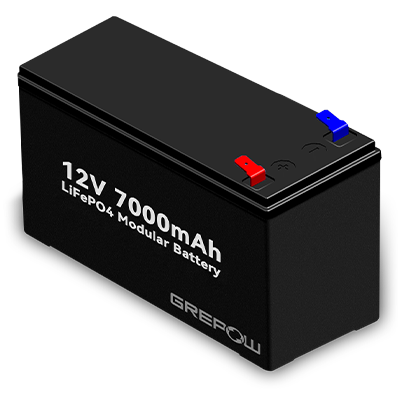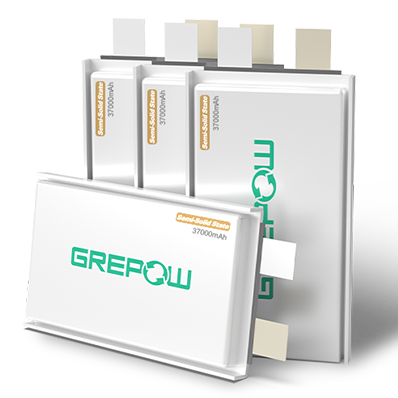What is the high energy density battery? | Battery Monday
The energy density of batteries can be displayed in two different ways: gravimetric energy density and volumetric energy density.The gravimetric energy density is the measure of how much energy a battery contains in proportion to its weight. This measurement is typically presented in Watt-hours per kilogram (W-hr / kg). The volumetric energy density, on the other hand, is compared to its volume and is usually expressed in watt-hours per liter (W-hr / L). Generally, we refer to battery energy density as gravimetric ( weight ) energy density, and watt-hour is a measure of electrical energy, equivalent to one hour, one watt of consumption.
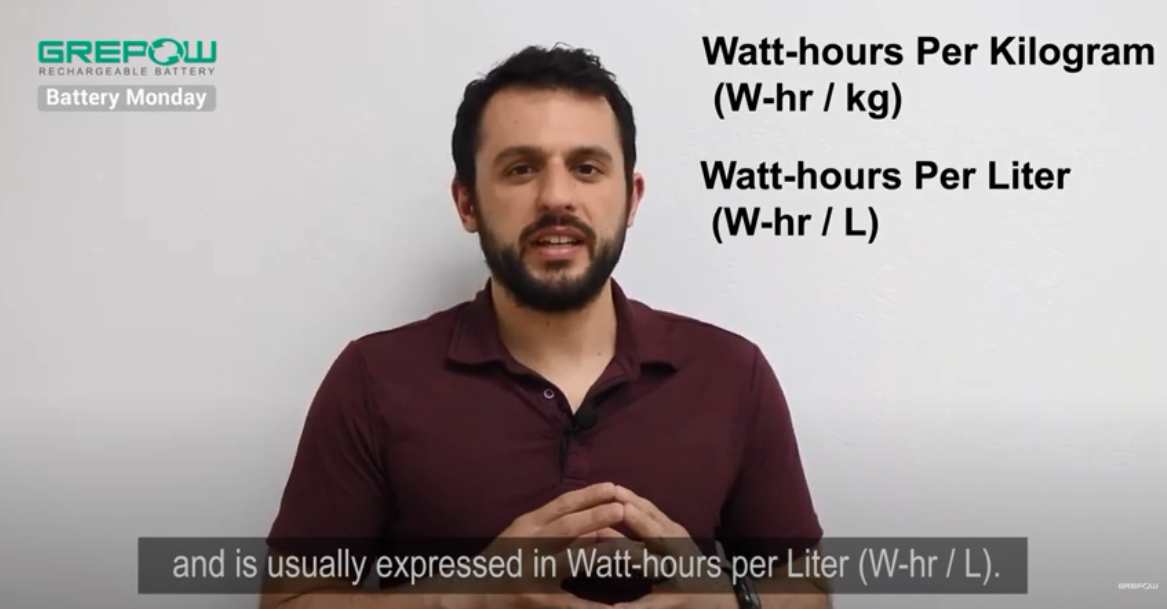
In contrast, the power density of a battery is a measure of how fast energy can be delivered, not how much stored energy is available. Energy density is often confused with power density, so it is important to understand the difference between the two.
Calculation formula
The energy density of a battery can be simply calculated using this formula: Nominal Battery Voltage (V) x Rated Battery Capacity (Ah) / Battery Weight (kg) = Specific Energy or Energy Density (Wh / kg).
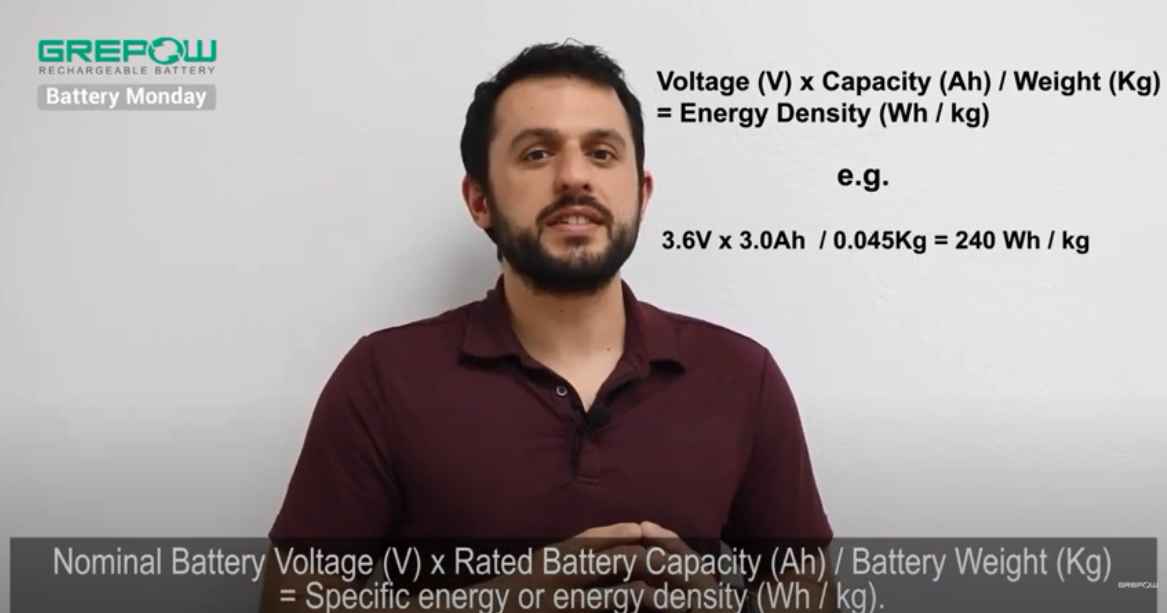
LiCo and LiFePO4 Batteries' energy density
Generally speaking, LiCo batteries have an energy density of 150-270 Wh/kg. Their cathode is made up of cobalt oxide and the typical carbon anode with a layered structure that moves lithium-ions from anode to the cathode and back. This battery is popular for its high energy density, and it’s typically used in consumer products such as cell phones and laptops. LiFe batteries, on the other hand, have an energy density of 100-120 Wh/kg. Although this is lower than LiCo batteries, it is still considered higher in the rechargeable battery category. LiFe batteries use iron phosphate for the cathode and a graphite electrode combined with a metallic backing for the anode. They are ideal for heavy equipment and industrial applications because of their better ability to withstand high and low temperatures.
Conclusion
As far as the single cell is concerned, the positive and negative materials and production process of the battery will affect the energy density, so it is necessary to develop more reasonable materials and better manufacturing technology to obtain a more efficient battery.
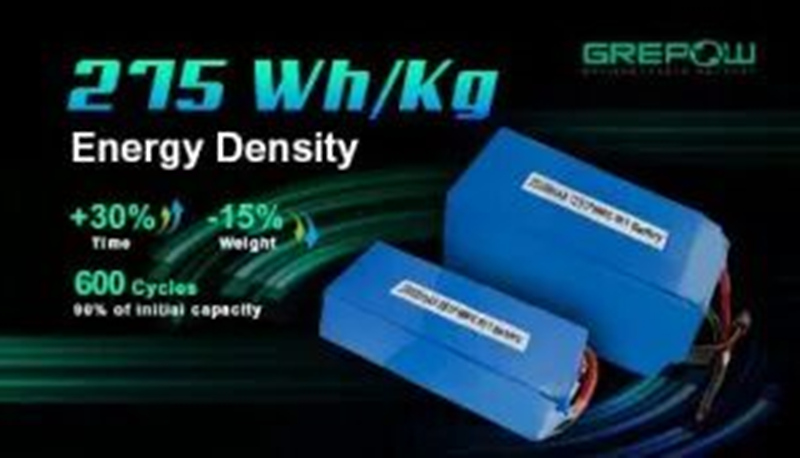
Grepow not only produces both LiCo and LiFe batteries, but we also manufacture NMC811 Battery with a high energy density of 275~300Wh/Kg, which is higher than the two previously mentioned batteries, and a 15% weight reduction compared to ordinary batteries of the same capacity. These will be the go-to choice for models that require lower weight and longer endurance.
Video
https://www.youtube.com/watch?v=yVKu1h-bjw8
Battery Monday Channel
Grepow‘s Battery Monday Channel is about battery knowledge and battery tip. If you have any questions about this topic (What is the high energy density battery? ) or have any battery-related things you want to know, please feel free to contact us by email at info@grepow.com.
Grepow official website: https://www.grepow.com/
Grepow Facebook: https://www.facebook.com/grepowbattery
Grepow Linkedin: Grepow Battery
Related Articles
-
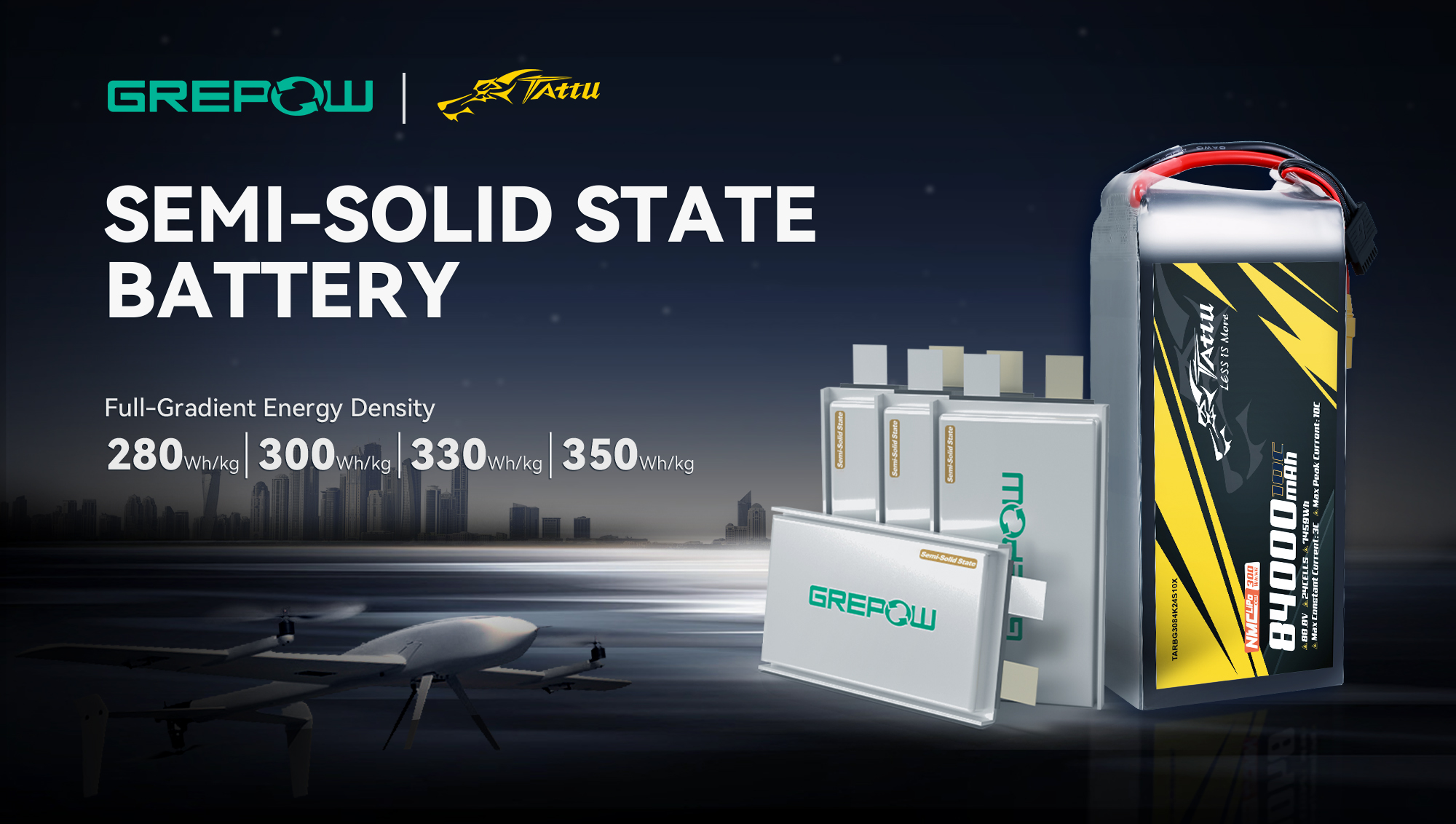
Grepow Semi-Solid Batteries: Four Energy Density Levels and Flexible Customization
2025-03-18 -

What Battery Is Used In Humanoid Robots?
2024-08-30 -
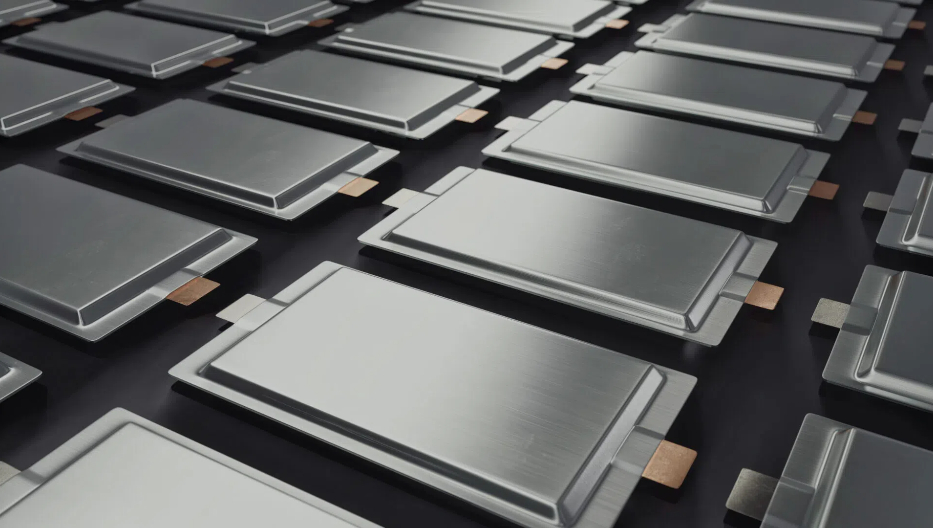
Next-Generation eVTOL Battery Technology
2024-08-22














































